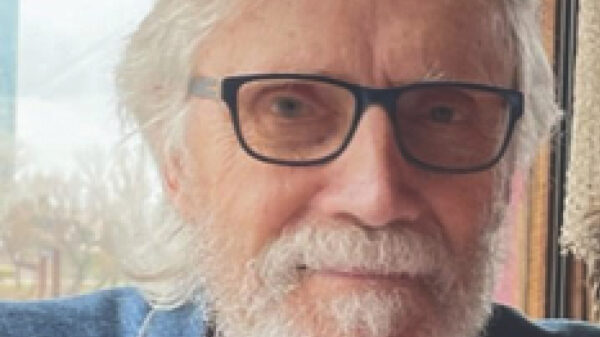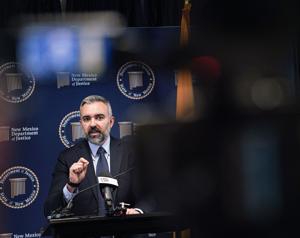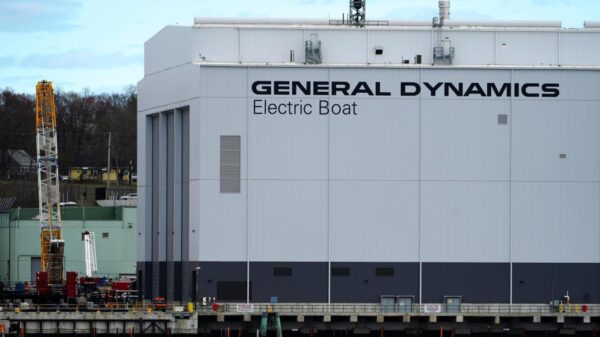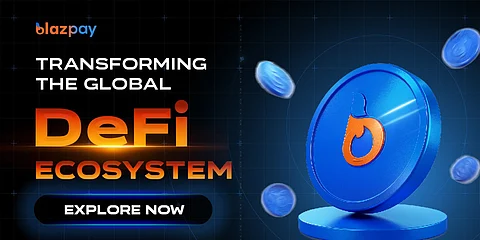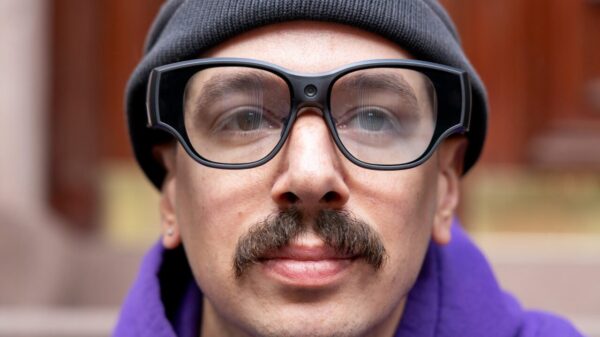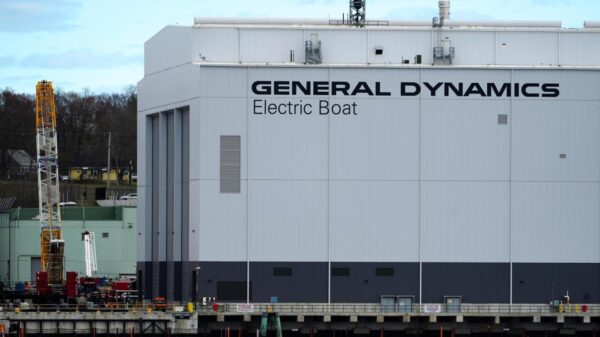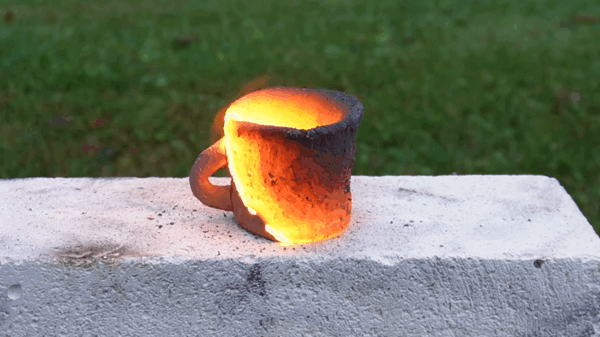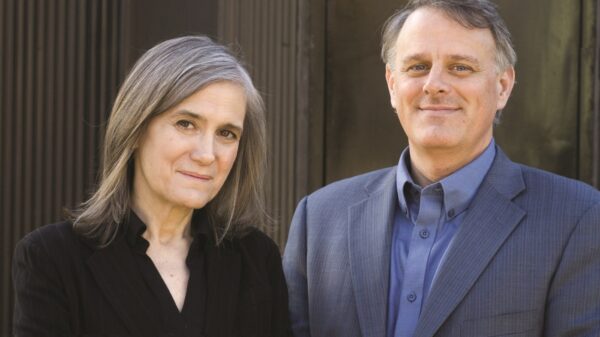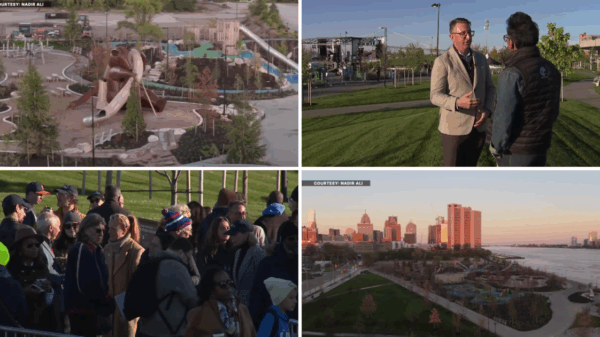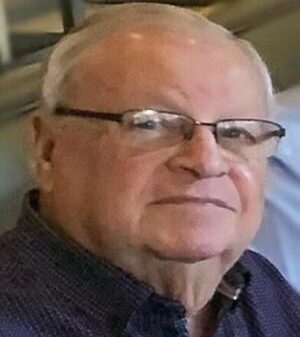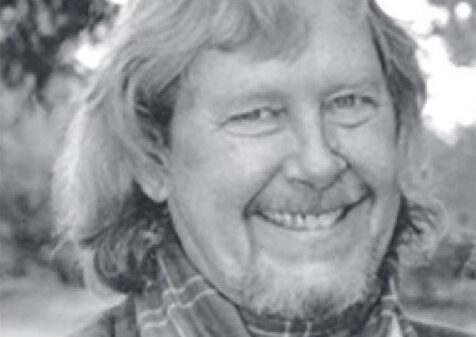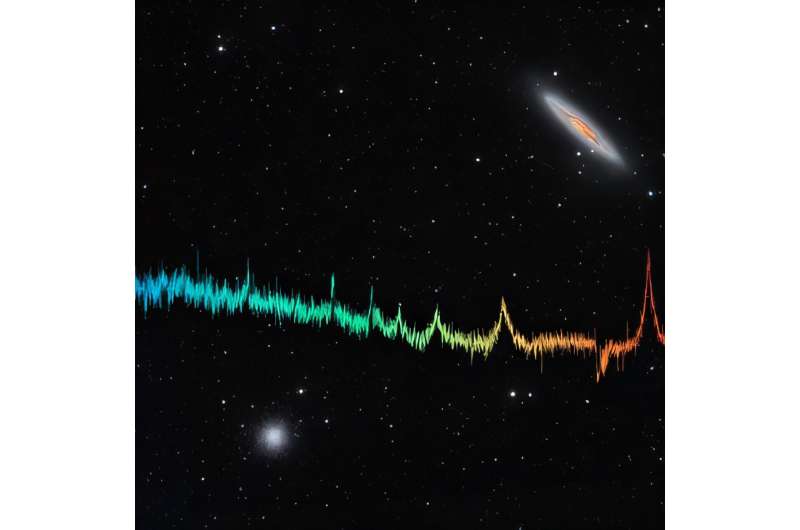On October 18, 2025, the **4-meter Multi-Object Spectroscopic Telescope (4MOST)** successfully captured its first light at the **European Southern Observatory’s (ESO)** Paranal Observatory in **Chile**. This significant milestone marks the readiness of the telescope to embark on its scientific mission, which aims to enhance our understanding of the cosmos.
The 4MOST facility is not merely an imaging telescope; it records the spectra of celestial bodies, effectively splitting their light into 18,000 color components. This capability allows astronomers to analyze the chemical compositions and properties of up to **2,400 objects** simultaneously. Once fully operational, 4MOST will delve into various astronomical phenomena, including the formation of stars and planets, black holes, and the evolution of galaxies.
Revolutionizing Astronomical Observations
With its expansive field of view, 4MOST is set to be the largest multi-object spectroscopic survey facility in the southern hemisphere. The telescope’s design enables it to observe a multitude of celestial objects and gather detailed data every **10 to 20 minutes**. Over its operational lifespan of at least **15 years**, it aims to compile a comprehensive catalogue of the temperatures, chemical compositions, and velocities of tens of millions of objects across the southern sky.
The **Leibniz Institute for Astrophysics Potsdam (AIP)** leads the 4MOST Consortium, overseeing the development and scientific operations of the facility. AIP has played a pivotal role in various aspects of the telescope’s construction, including the wide field camera and the intricate fiber system that consists of over **2,400 glass fibers**, each comparable in size to a human hair.
Roelof de Jong, Principal Investigator and head of the Milky Way section at AIP, expressed his enthusiasm about the telescope’s capabilities: “It is incredible to see the first spectra from our new instrument. The data looks fantastic from the start and bodes well for all the different science projects we want to execute.”
Project Manager **Joar Brynnel** reflected on the decade-long effort to reach this milestone, stating, “Reaching this milestone is a wonderful achievement after more than a decade of intensive efforts. The facility not only meets but exceeds the required performance.”
First Observations and Scientific Goals
The initial observations from 4MOST showcased its unique capabilities, focusing on remarkable celestial objects such as the elongated galaxy **NGC 253**, also known as the Sculptor or Silver Coin galaxy. Located approximately **11.5 million light-years** away, NGC 253 is notable for its star formation activity and has an apparent diameter comparable to that of the moon.
Additionally, 4MOST captured the **Globular Cluster NGC 288**, a dense grouping of about **100,000** ancient stars located around **30,000 light-years** from Earth. This cluster, formed approximately **13.5 billion years ago**, provides insights into the early stages of the Milky Way’s formation.
In just a **20-minute science observation**, 4MOST gathered spectra from over **2,000 other celestial objects**, allowing scientists to ascertain critical data such as temperature, mass, and chemical composition. The facility also observed galaxies located up to **10 billion light-years** away, aiding in the understanding of their distances, velocities, and star formation histories.
The 4MOST science team comprises more than **700 researchers** from various universities and research institutions globally. In the first five years of operation, 4MOST plans to conduct **25 distinct science programs**, covering topics like the origins of chemical elements, galaxy evolution, and the nature of dark matter and dark energy.
As 4MOST begins its journey, it represents a leap forward in astronomical research, promising to unlock answers to fundamental questions about our universe. The collaborative efforts of the AIP and the broader scientific community signal a new era in sky surveys, as the telescope’s advanced capabilities come to fruition.












